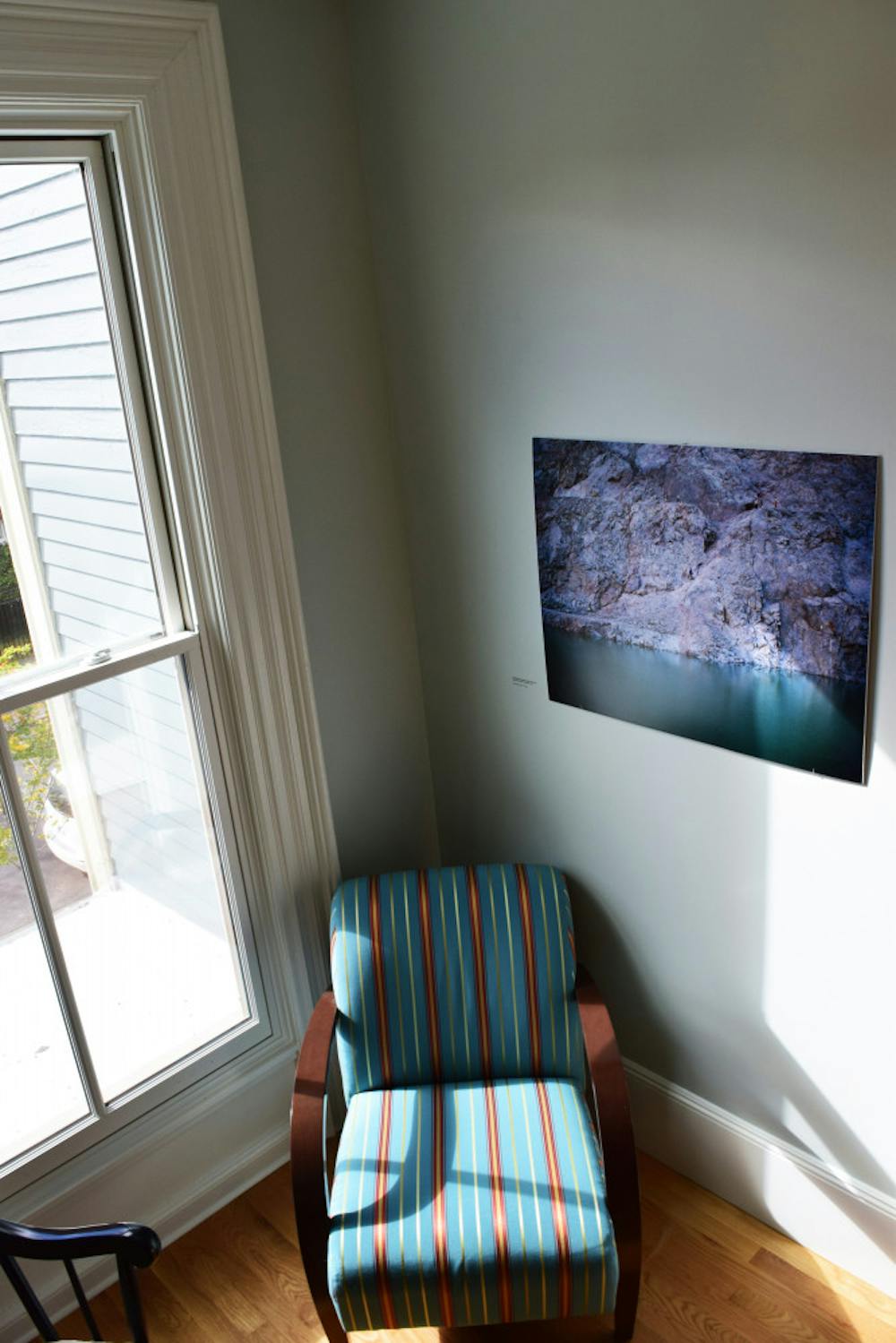“1 percent,” the latest curated exhibit by artist and senior Time Magazine photo editor Myles Little, explores class privilege on a global scale. The installation has been on display in the Taubman Center for American Politics and Policy since Sept. 12 and will be until Dec. 21.
To create “1 percent,” Little collected a set of images by various photographers that broadly examine issues of class, starkly juxtaposing depictions of wealth with representations of poverty.
Functioning as a modern analogue to Jacob Riis’s “How the Other Half Lives,” a seminal series of photographs that illustrated disparities in wealth in the late 19th century, “1 percent” joins an elaborate tradition of photographic commentary on economic inequalities.
Still, Little remains unique in his approach. “I explicitly borrowed the language of privilege to critique privilege,” he said.
The medium-print photographs’ posh aesthetic sensibilities were an intentional choice by Little, who asserted that the polished photos carry a sort of “dull, calm and considered power” that serves to both attract an upper-class demographic and censure that demographic’s indifference to issues of class.
The editor further plays on these contrasts by juxtaposing photos of the lower classes and those of the eponymous 1 percent. Little said some of the images speak for dissonant instances of “the powerless cheerleading for those in power,” such as Nina Berman’s photograph depicting a group of Southerners at a church, listening to preachings about Jesus’s commitment to riches. Other photographs spotlight international incongruities in wealth, like the exhibit’s portrayal of the maids in a Kenyan manor.
Little hopes “1 percent” will contribute to dialogue on equal opportunity and America’s priorities as a fair government and culture. “I don’t think this will completely rectify inequalities,” he said. “But it should spark a conversation.”
Little also said that Brown provides the perfect setting for such a discourse on class.
“It’s a huge honor to have this exhibit at Brown,” Little said, recognizing the virtues of the student body’s socioeconomic diversity here. “People of all economic strata need to pay attention to this,” he added.
Little has not seen Brown’s installation for himself yet, but he spoke about the value of displaying “1 percent” in a public, working space like the Taubman Center, where it will enjoy increased exposure. “It’s nice to escape the photography bubble where people are explicitly interested in art,” Little said. “You’re sort of just preaching to the choir when your work is being exhibited at art galleries.”





